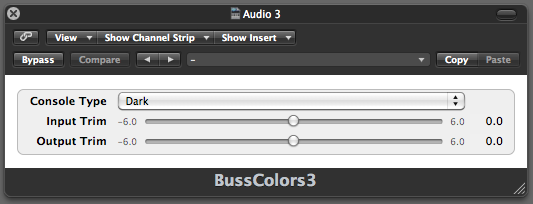DeEss2
DeEss2Demo is the latest version of the very successful Airwindows de-esser! It’s refined for easier, more effective operation, and now comes in normal and mid/side versions by request!
NOTE: you can also have the original DeEss when buying this. It turned out that the original, confusing-to-operate DeEss had special tone qualities that this simplification took away. Check to see if you’d rather learn the original Airwindows DeEss, because I’ll send it to purchasers of DeEss2 who ask. And of course, you’ll get future DeEsses, if I manage to get best of both worlds in one plugin…
This is very much a mastering grade DeEsser. When not engaged and triggered, it does a strict hard bypass, doing no processing or anything beyond literally copying the input data right through to the output. When it is triggered, it applies a lowpass filter of a special kind, rather than just gating everything- that’s so it can be used on full mixes without disrupting them too badly. It also processes in 64-bit resolution, and noise shapes that output to the Audio Unit 32-bit output buss (like other recent Airwindows plugins). And of course, like all Airwindows plugins, it’s 64-bit compliant, while still working on 32-bit Intel and even 32-bit PPC Macs.
If you hear it affecting sung notes, it’s already way way past engaging on esses (it is designed properly, to not sound as if it’s doing anything while controlling esses). Set it so it takes the super-hot highs off only the esses, which MIGHT produce lispy effects and might not even go as far as to do that- and then, use the dry/wet control to bring back some of the ess for tonal purposes, while leaving it well controlled. These plugins are designed to work with bright tracks where the esses are a real problem, not meant to turn any old track into thoft thonic thculpture. I hope it finds uses in a few good places.
DeEss2 is $50.

